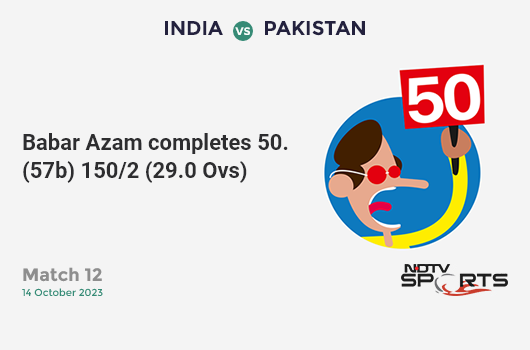An Afghan woman and her children walk amid debris after a powerful earthquake struck Herat, Afghanistan on October 15, 2023.
| Photo Credit: AP/PTI
The story so far: An earthquake of magnitude 6.3 struck Western Afghanistan on October 15, barely a few days after multiple earthquakes of similar strength killed at least a thousand people in the Herat province. Multiple earthquakes have destroyed entire villages in the country.
Afghanistan’s Taliban-run government has put out conflicting numbers on the death toll from the October 11 quake, news agency Reuters reported. On Friday, the disaster management ministry revised downwards the death toll from multiple earthquakes to around 1,000 from an earlier figure of over 2,400. The U.N.’s humanitarian office had said on Tuesday that around 1,300 people had died, the report added.
A turbulent recent history of earthquakes in Afghanistan
Afghanistan has faced widespread destruction from intense earthquakes over the years. In June 2022, more than 1,000 people were killed when an earthquake of magnitude 6.1 struck Khost and Paktika provinces. In 2015, a major earthquake that struck the country’s northeast killed over 200 people in Afghanistan and neighbouring northern Pakistan. A 6.1-magnitude earthquake in 2002 killed about 1,000 people in northern Afghanistan. In 1998, another earthquake and subsequent tremors in northeast Afghanistan killed at least 4,500 people.
Anatomy of an earthquake
The earth is made up of chunks of solid rocks called tectonic plates. Discontinuities in these rock masses, along which they have moved, are called fault lines. These fractures are a result of tectonic forces and stress that builds up in the earth’s lithosphere, causing the rocks to break and slip.
An earthquake occurs when blocks of lithosphere suddenly slip past one another, releasing energy and sending seismic waves through the ground.
The surface where the lithosphere chunks slip becomes a fault plane. The point within the earth where the fault rupture starts and produces an earthquake is called the focus or the hypocentre. The point on the surface of the earth directly above it is called the epicentre.
Tectonic plates are slow moving but are always in motion, mostly due to the heat energy generated inside the earth. The edges of these plates are called plate boundaries and consist of faults— this is where most earthquakes occur.
Why do frequent earthquakes occur in Afghanistan?
Afghanistan is located over multiple fault lines in the region where the Indian and the Eurasian tectonic plates meet. These plates collide often, leading to significant tectonic activity in the region.
Afghanistan is located on the Eurasian plate. Towards western Afghanistan, the Arabian plate subducts northward under Eurasia, and towards eastern Afghanistan the Indian plate does the same. In southern Afghanistan, the Arabian and Indian plates adjoin and both subduct northward under the Eurasian plate.
The Hindu Kush mountain range and the Pamir Knot are geologically complex regions where tectonic plates meet. The collision and convergence of the Indian Plate and the Eurasian Plate result in the folding and faulting of the Earth’s crust. This geological complexity contributes to the occurrence of earthquakes in the region.
The ongoing northward movement of the Indian Plate towards the Eurasian Plate also results in compression, leading to the uplift of the Himalayas and the transmission of tectonic stress across the entire region, including Afghanistan. The compression causes the crust to deform, and creates faults and fractures that can slip and generate earthquakes. These interactions at plate boundaries generate significant tectonic stresses and result in earthquakes.
Afghanistan is also crisscrossed by various active fault systems like the Chaman Fault and the Main Pamir Thrust. These faults are the sources of many earthquakes in the region.
- Afghanistan has faced widespread destruction from intense earthquakes over the years.
- Afghanistan is located over multiple fault lines in the region over the area where the Indian and the Eurasian tectonic plates meet. These plates collide often, leading to significant tectonic activity in the region.
- Afghanistan’s Taliban-run government has put out conflicting numbers on the death toll from the October 11 quake, news agency Reuters reported.









